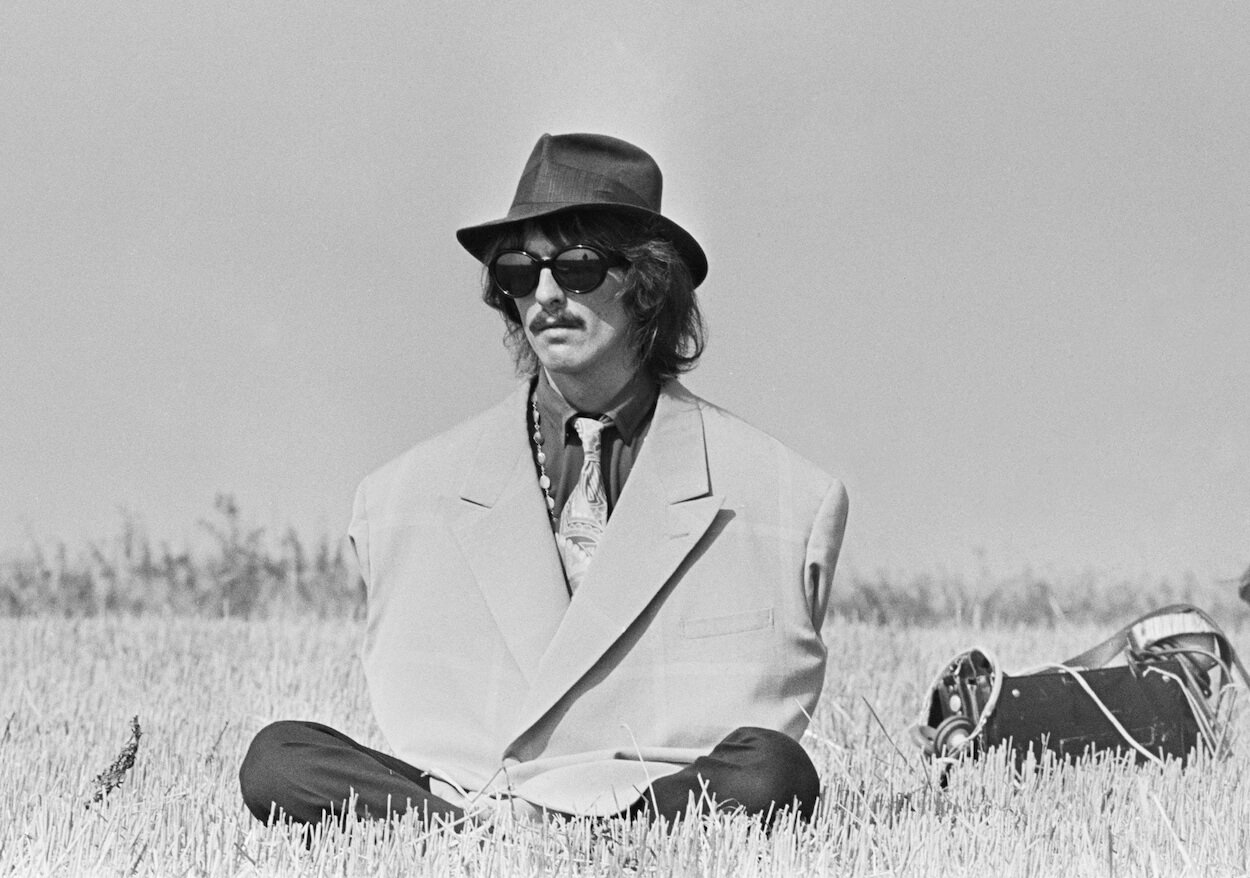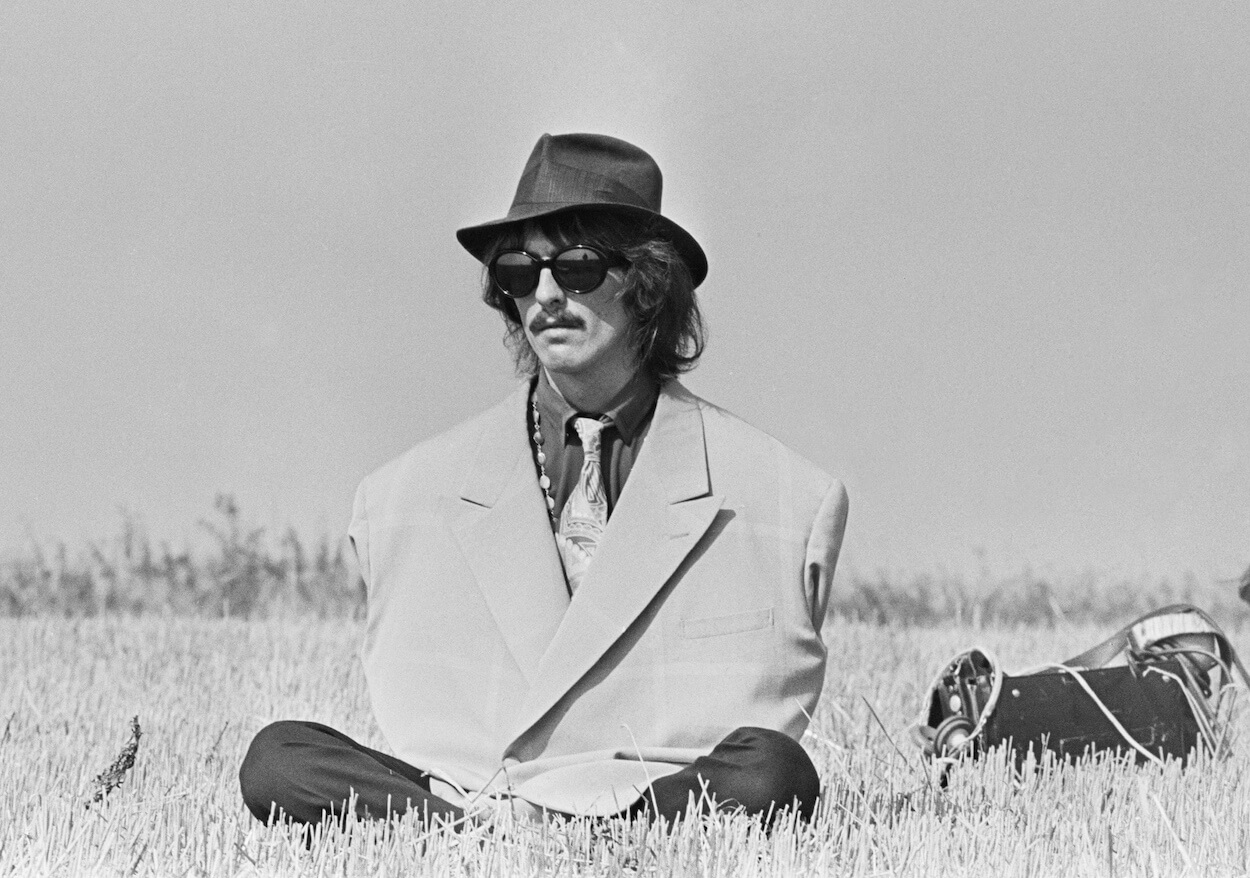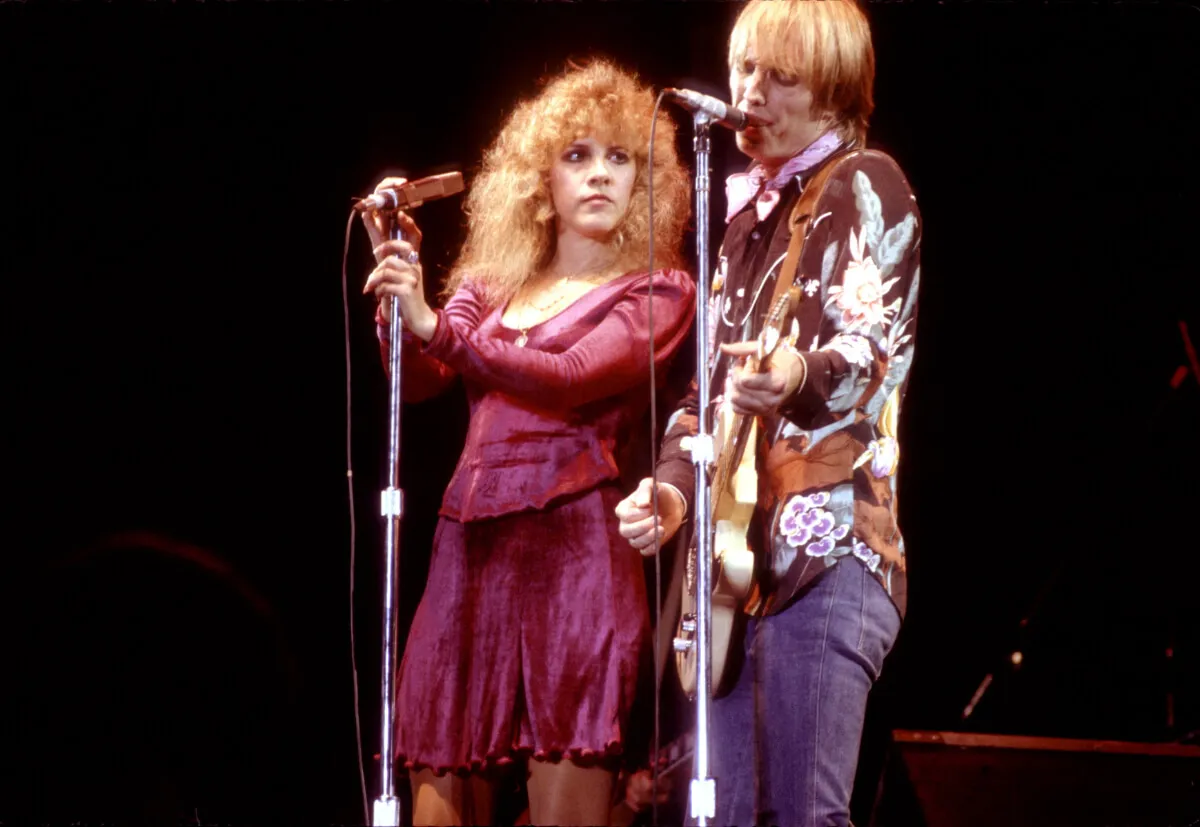
5 of George Harrison’s Most Experimental Beatles Songs
George Harrison had to fight and scratch to get his songs on Beatles records. That’s a well-known fact among Fab Four fans and might explain why he never missed his bandmates when the group broke up. Yet his tunes left their mark when they did show up. George’s most experimental Beatles songs show he was just as instrumental in pushing the band’s boundaries as Paul McCartney and John Lennon.

George Harrison wrote several Beatles songs and scored 1 chart-topping hit
George’s Beatles songs were relatively few and far between since John and Paul acted as the gatekeepers when it came to putting tunes on Beatles albums. Still, the so-called quiet Beatle put three songs on Revolver and another four on the White Album.
The guitarist placed two songs on Abbey Road, the final album the Fab Four recorded together. Though tunes such as “Taxman” and “While My Guitar Gently Weeps” are Beatles classics, George didn’t score a No. 1 hit until “Something” topped the Billboard charts as a double A-side with “Come Together” in late November 1969.
“Something” and “Here Comes the Sun,” his other Abbey Road song, were relatively straightforward ballads. Georges’ five most experimental Beatles songs (presented in chronological order) pushed the band’s boundaries.
1. ‘Love You To’
It wasn’t the first Beatles song with George on sitar, but it is the first Fab Four tune where the Indian instrument takes the lead. George turns the Revolver song into a showcase for the sitar. He opens with two staccato strums, layers in some drones underneath a gentle mini solo, and then launches into the song proper. He performs several memorable riffs during the song’s three-minute runtime, including a solo starting at the 1:35 mark. The freakout section that closes the song was unique for a Beatles song and certainly an experimental moment.
2. ‘Blue Jay Way’
The public and media ridiculed the Magical Mystery Tour film in 1967. The multimedia project had a lot to live up to, coming on the heels of Sgt. Pepper’s Lonely Hearts Club Band. Some critics who dismissed the movie extended their ire to the songs, including George’s song “Blue Jay Way.”
George somehow found inspiration from sitting around a house in Los Angeles waiting for Beatles publicist Derek Taylor to pick him up. From there, he crafted one of The Beatles’ most ominous, edgy, melancholy, psychedelic, and experimental songs, rife with background drones.
“Blue Jay Way” was guilty by association on the much-maligned Magical Mystery Tour, but the studio mastery to make this tune come to fruition deserves praise. It’s a hidden gem of a Beatles tune, one of George’s most experimental Beatles songs, and among his best Fab Four compositions altogether.
3. ‘Piggies’
George took a shot at the English tax collectors with the scathing “Taxman” from Revolver. He levied more social commentary with “Piggies” from the White Album. The song decries the allotment of wealth — the haves hoarding their money from the have-nots — but that’s not what makes it one of George’s most experimental songs. The harpsichord riff that sets the melody makes it a unique Beatles tune. It’s almost as string-heavy as “Eleanor Rigby,” with prevalent violin, cello, and violas throughout.
4. ‘The Inner Light’
Technically speaking, George made his first solo album before The Beatles broke up. His soundtrack for the movie Wonderwall hit stores in late 1968. The record relied heavily on Indian instrumentation and native players. “The Inner Light,” the 1968 B-side to “Lady Madonna,” started life when George recorded his soundtrack. According to The Beatles Bible, the song has music performed only by Indian musicians. A Beatles song that doesn’t feature any Beatles? That’s enough to make it one of the most experimental songs in the catalog, and they have George to thank for it.
5. ‘It’s All Too Much’
Yellow Submarine might be the most overlooked Beatles album. The record contains just six Fab Four songs (George Martin’s orchestral soundtrack takes up Side 2), including the muscular “Hey Bulldog,” the bright “Yellow Submarine,” and the universal “All You Need Is Love.”
Hidden on the least-hyped Beatles album is “It’s All Too Much,” which might be George’s most experimental song of all. He wrote it during an LSD trip, and it sounds like it. A squeal of Jimi Hendrix-like guitar feedback opens the proceedings. From there, a droning bass line, George’s
Hammond organ, free-form guitar solos, bass woodwinds, and bright trumpets carry the song through more than six minutes of memorable kaleidoscopic fun.
Even when the Fab Four leaned into their acid phase, they never made a song quite as out-there, as experimental as George’s “It’s All Too Much.”
George once said he’d have to make a hundred Beatles albums to get his songs out into the world because his songs took a back seat to John and Paul’s tunes. Still, one look at George Harrison’s most experimental Beatles songs shows he was as talented, creative, and fearless as his celebrated bandmates.
For more on the entertainment world and exclusive interviews, subscribe to Showbiz Cheat Sheet’s YouTube channel.


